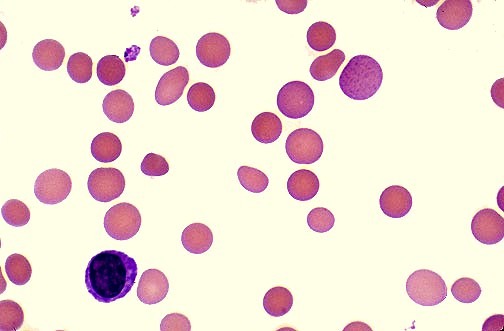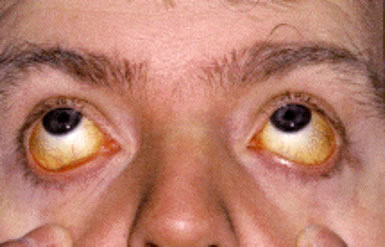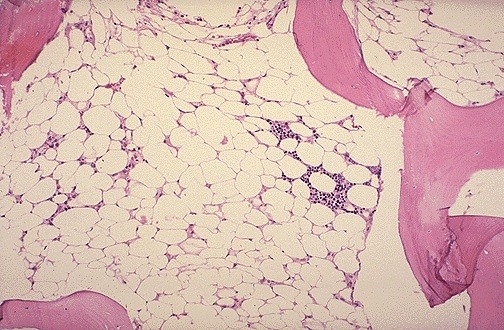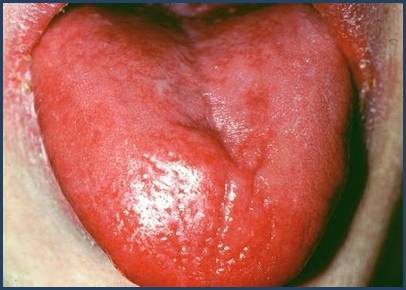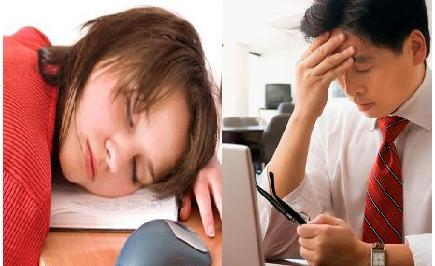Stomatocytosis
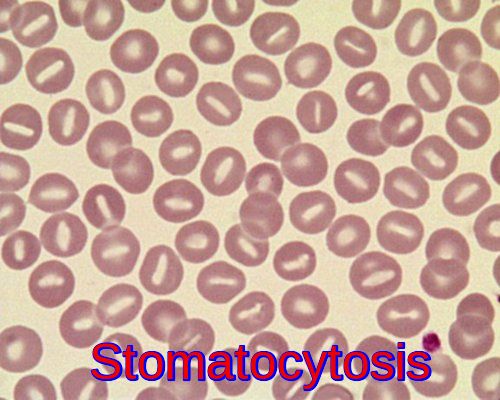
Stomatocytes (RBCs with slit-like central pallor) Stomatocytosis is a rare condition of RBCs in which a mouthlike or slitlike pattern replaces the normal central zone of pallor. These cells are associated with congenital and acquired hemolytic anemia. The symptoms result from anemia and hemolysis. The symptoms of stomatocytosis can vary depending on the severity of the disorder. In some cases, people […]
Read more
